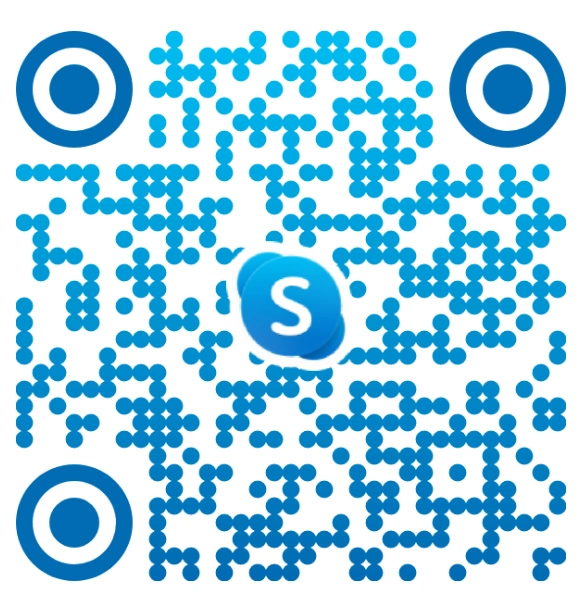React Native vs Flutter: Which to choose for your next Mobile App?
As the world is moving towards mobile, mobile apps development has been in a great trend from the past few years. Now almost every business looks for mobile apps development after launching their website so that they can leverage the benefits of the mobile world also. With each passing day, thousands of apps are uploading on the app stores and millions of downloads are taking place in each store. Earlier the most preferred platforms for the app development were Android & iOS, but with the advancement of technologies now many new platforms have come for mobile apps development. The leading market players among these platforms are React Native vs Flutter. But it quite baffling to decide which platform is best suitable for your requirements to React Native vs Flutter. Do you need to know what are the benefits and drawbacks of React Native & Flutter for a better decision?
In this article, we will clear all your qualms unbiasedly of both these technologies so that you would be able to make a better decision.
Both platforms are highly popular in the programming industry as Flutter is developed by the Search Engine Giant Google while React Native was developed Social Media magnum Facebook. Both platforms are cross-platform development or the Hybrid platforms by which you can develop both Android as well as iOS applications.
Flutter was released two years after the React Native in May 2017. It was initially named as Sky but was later renamed to Flutter. It is based on the programming language Dart. This framework allows developers to make changes in their code and check them in the running application simultaneously. Earlier the mobile application developers have to wait for 4-5 minutes to run and check the application.
React Native was started as a Facebook internal hackathon project in summer 2013, and then become a quite popular framework. It was released for public in 2015 at the React js conference. It is based on an old programming language JavaScript. Now let’s know about each in detail…
React Native:

It has been nearly 5 years since its release and it still holds the position of most popular native app development framework. In December 2019, it was having nearly 83,200 stars on GitHub. IT giants such as Facebook, Instagram, Skype, Tesla, Facebook Ads, and many others are taking leverage of React Native for their platform development. It is completely free and open-source.
There is a vast community of React Native experts by Facebook, and they can provide many tutorials and solutions. o if you get stuck in any issue, you can get help easily. The components of mobile application just look like the native ones. E.g. a button on an iOS device looks just like a native iOS button, and the same on Android. In React Native, some libraries allow you to use the same code to build iOS, Android, web, and Windows10 apps. It is very easy to learn about technology. The code can also be usable for web applications and desktop app development.
The pros and cons of React Native are:
Pros:
- It comes with a fast refresh and fast coding.
- Single codebase to use for two or mobile platforms
- Employs wildly popular language JavaScript
- A developer can decide what solutions he wants to use; both according to the project’s requirements as much as the developer’s preferences.
- A very active and fast community
- Easy to learn for React developers
- Reduce testing by less than 50%
Cons:
- It isn’t actually native, the UI & performance can be close but not same
- There are fewer components out of box
- There are many abandoned packages
- After every update, the components also need to upgrade which can break the UI, although it happens rarely.
- Apps are bigger than native ones
Read more: 2023’s Top 10 React Native Development Companies in India
Flutter:

Flutter, an open-source development kit based on Dart language was introduced by Google in 2017 for mobile application development. It is a powerful framework for developing apps in Android, iOS, Windows, Mac, Linux, and other platforms. Giant platforms like Alibaba E-commerce, Google Ads, Dream 11, Groupon, Topline, Hamilton, and many others. It is a fast-growing hybrid platform for mobile apps development and continuously get updates. The USP of this platform is that you can use a single code base for developing apps for multiple platforms.
You also get easy control of Bluetooth, Wifi, and other background services which can be accessed by native apps. There are more than 3 lakh flutter developers who are working for the growth of flutter. As they only have a single codebase, the apps look and behave similarly across iOS and Android. There are two sets of widgets in Flutter, Material design widgets that can imitate Google’s Design and Cupertino widgets which can implement Apple’s iOS design. Flutter comes with excellent documentation and strong support, so you can easily start to develop with Flutter.
The pros and cons of using Flutter are:
Pros:
- Easy to make changes and reflect them on the application.
- Highly captivating user interface & designs
- Same app UI even on older devices
- Best framework for developing minimum viable product apps.
- A very less requirement of automated testing
- A single codebase for 2 or more applications development
Cons:
- In comparison to JS, Dart is not so widely popular language & Dart is more niche than JS.
- The libraries & support of Flutter is good but still not as rich as native development
- Lacks support for CI platforms, hence for automatic building, testing, and deployment, developers require custom scripts.
- The size of apps in flutter is quite more than native ones
Read more: Utilize This Verified Guide To Hire React Developers in 2023
Every platform has its own set of advantages & disadvantages, it is up to your requirement and priority to decide which platform you should use. At Amplework, with the expert Flutter developers team & React Native experts, you can get proper consultation and mobile app development for the best results.


 sales@amplework.com
sales@amplework.com
 (+91) 9636-962-228
(+91) 9636-962-228





